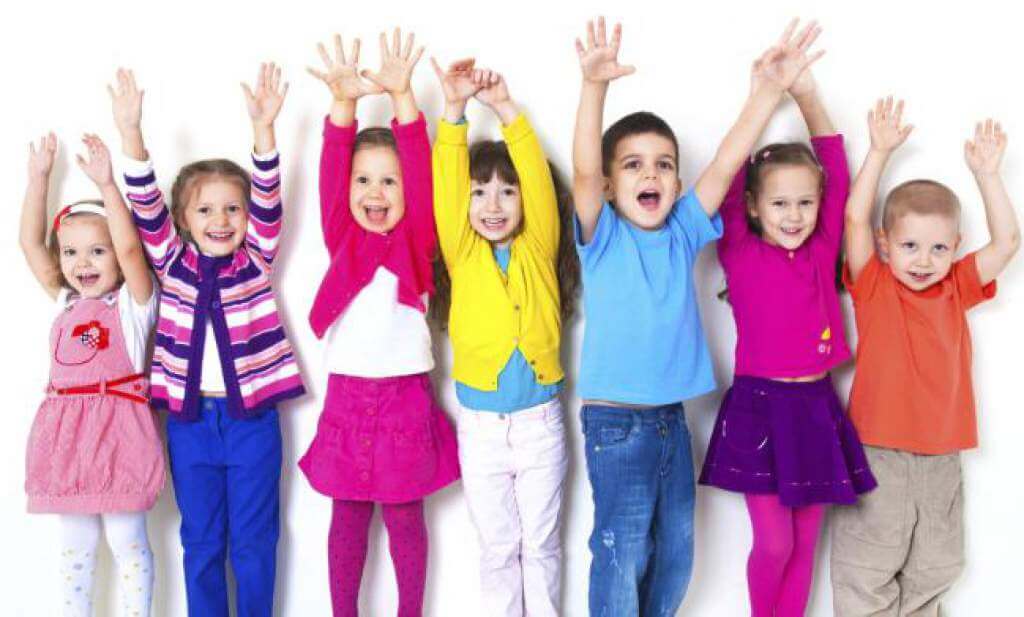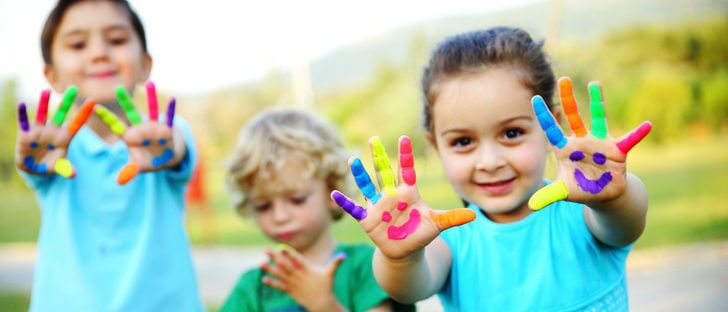5 Activities To Build Emotional Consciousness

Understanding and controlling our emotions is an essential skill for all individuals in our society. If we fail to teach our children emotional consciousness, they risk growing up to be frustrated and unhappy.
Keep reading to learn 5 key activities to help children build emotional consciousness.
What is emotional consciousness?
Emotional consciousness is the ability to recognize our emotions and put a name to them.
It also means understanding how our thoughts, feelings and behaviors impact us. Last but not least, it involves being aware of the emotions of those around us and knowing how to “read” their moods.
The essence of emotional intelligence is to have your emotions work for you, and not against you
-Reuven Bar-On-
Emotional consciousness in children
Our emotions determine our behavior and our ability to learn. Good emotional education promotes personal health and wellbeing. It also prevents developmental difficulties, allowing children to form a healthy personality.
Being able to express and control our emotions is a fundamental goal of education and an important part of our development.

Most researchers agree that we can group our emotions into the following types:
Primary emotions
These seem to be highly influenced by genetics, in the sense that certain emotional responses are present in everybody, across all cultures, even though they’re shaped by learning and experience.
Secondary emotions
These are largely down to individual development. This type of emotional response can vary widely between individuals.
Negative emotions
These are unpleasant feelings. They help us judge when situations are harmful to us, and mobilize resources to change them.
Positive emotions
These pleasant feelings happen when we see a situation as beneficial. They tend to be fleeting, since we don’t need to act to change the situation.
Neutral emotions
These are emotions that don’t produce intrinsically pleasant or unpleasant reactions. That is, we cannot consider them to be negative or positive. They simply facilitate the development of different emotional states.
5 activities to build emotional consciousness in children
Family
The model that family members provide has a lasting cognitive and emotional impact on our children.
Children are constantly observing the behavior of their loved ones and those close to them. We are their role model, so they tend to imitate what we do.
As adults, our propensity towards optimism or pessimism, and above all the way we relate to others, depend to a large extent on what we learn at home during childhood.
Intellectual stimulation
It is a parent’s job to create an environment which encourages a love for culture in all its diverse forms. The stimulation we provide should be varied, and should be supported by reading and learning.
However, we can’t forget about play, either. Games and sports are great for personality development, encouraging a healthy curiosity and interest in the world around us.

Get them to talk about their feelings
Show interest in what happens to your child. Don’t forget to chat with them.
Through conversation, try to understand what scares them and makes them angry. If they share these things with you, you’ll be able to help.
And, of course, teach them to express themselves with self control.
Giving options
To develop your child’s emotional intelligence, it’s important to let them make their own decisions. Of course, you should first make sure to show them what is right and wrong.
This way, your children will gain confidence in themselves. When the time comes to make a decision, they won’t feel frustrated.
Recognizing moods
Educate your children to observe the people and places around them.
In this way, they’ll get used to different surroundings, and learn to adapt their behavior. If they’re somewhere that is calm and silent, they’ll know not to interrupt by shouting. If they come into a room where everyone is happy and smiling, they’ll be able to adapt to the mood with a smile.
Everything you do in front of your children today will make a lasting impact. They will probably replicate your actions in the future, when they have homes and families of their own.
Understanding and controlling our emotions is an essential skill for all individuals in our society. If we fail to teach our children emotional consciousness, they risk growing up to be frustrated and unhappy.
Keep reading to learn 5 key activities to help children build emotional consciousness.
What is emotional consciousness?
Emotional consciousness is the ability to recognize our emotions and put a name to them.
It also means understanding how our thoughts, feelings and behaviors impact us. Last but not least, it involves being aware of the emotions of those around us and knowing how to “read” their moods.
The essence of emotional intelligence is to have your emotions work for you, and not against you
-Reuven Bar-On-
Emotional consciousness in children
Our emotions determine our behavior and our ability to learn. Good emotional education promotes personal health and wellbeing. It also prevents developmental difficulties, allowing children to form a healthy personality.
Being able to express and control our emotions is a fundamental goal of education and an important part of our development.

Most researchers agree that we can group our emotions into the following types:
Primary emotions
These seem to be highly influenced by genetics, in the sense that certain emotional responses are present in everybody, across all cultures, even though they’re shaped by learning and experience.
Secondary emotions
These are largely down to individual development. This type of emotional response can vary widely between individuals.
Negative emotions
These are unpleasant feelings. They help us judge when situations are harmful to us, and mobilize resources to change them.
Positive emotions
These pleasant feelings happen when we see a situation as beneficial. They tend to be fleeting, since we don’t need to act to change the situation.
Neutral emotions
These are emotions that don’t produce intrinsically pleasant or unpleasant reactions. That is, we cannot consider them to be negative or positive. They simply facilitate the development of different emotional states.
5 activities to build emotional consciousness in children
Family
The model that family members provide has a lasting cognitive and emotional impact on our children.
Children are constantly observing the behavior of their loved ones and those close to them. We are their role model, so they tend to imitate what we do.
As adults, our propensity towards optimism or pessimism, and above all the way we relate to others, depend to a large extent on what we learn at home during childhood.
Intellectual stimulation
It is a parent’s job to create an environment which encourages a love for culture in all its diverse forms. The stimulation we provide should be varied, and should be supported by reading and learning.
However, we can’t forget about play, either. Games and sports are great for personality development, encouraging a healthy curiosity and interest in the world around us.

Get them to talk about their feelings
Show interest in what happens to your child. Don’t forget to chat with them.
Through conversation, try to understand what scares them and makes them angry. If they share these things with you, you’ll be able to help.
And, of course, teach them to express themselves with self control.
Giving options
To develop your child’s emotional intelligence, it’s important to let them make their own decisions. Of course, you should first make sure to show them what is right and wrong.
This way, your children will gain confidence in themselves. When the time comes to make a decision, they won’t feel frustrated.
Recognizing moods
Educate your children to observe the people and places around them.
In this way, they’ll get used to different surroundings, and learn to adapt their behavior. If they’re somewhere that is calm and silent, they’ll know not to interrupt by shouting. If they come into a room where everyone is happy and smiling, they’ll be able to adapt to the mood with a smile.
Everything you do in front of your children today will make a lasting impact. They will probably replicate your actions in the future, when they have homes and families of their own.
All cited sources were thoroughly reviewed by our team to ensure their quality, reliability, currency, and validity. The bibliography of this article was considered reliable and of academic or scientific accuracy.
- Bisquerra, R. (2011). Educación emocional. Propuestas para educadores y familias. Bilbao: Desclée de Brower. http://otrasvoceseneducacion.org/wp-content/uploads/2019/04/Educación-Emocional.-Propuestas-para-educadores-y-familias-Rafael-Bisquerra-Alzina-2.pdf
- López, M. (2008). La integración de las habilidades sociales en la escuela como estrategia para la salud emocional. Psicología sin fronteras: revista electrónica de intervención psicosocial y psicología comunitaria, 3(1), 16-19.
- Shapiro, L. E. (2002). La salud emocional de los niños (Vol. 16). Edaf.
This text is provided for informational purposes only and does not replace consultation with a professional. If in doubt, consult your specialist.








